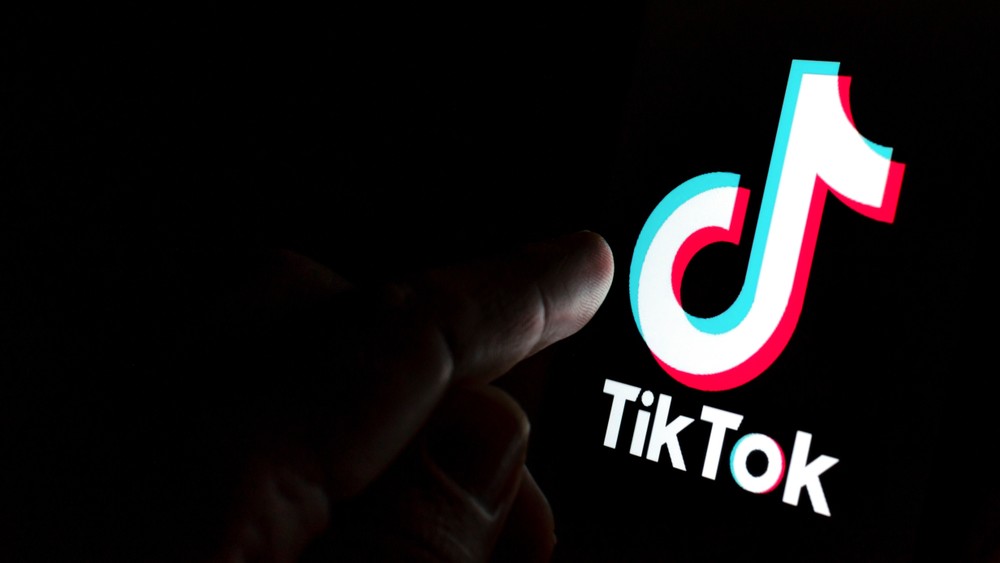Key Takeaways:
- TikTok live-streaming paused for safety.
- Millions lost access during protests.
- Businesses suffered revenue losses.
- Risks of state influence on platforms.
- Call for stronger online protections.
Why TikTok live-streaming Disappeared in Indonesia
In late August, Indonesia halted TikTok’s live feature. The shutdown came amid intense protests. A delivery rider died during a police chase. Citizens took to the streets in anger. The government cited safety concerns for the ban. Meanwhile, users watched their favorite streams vanish. Small shops and brands lost major sales. The blackout lasted four full days. During that time, many felt cut off. It sparked debates on digital rights and free speech. Overall, the event showed how fragile online access can be.
What triggered the TikTok live-streaming blackout
First, a delivery rider tried to flee a police stop. Sadly, the rider suffered fatal injuries. Next, supporters used live video to share protest scenes. They aimed to spread instant updates. However, authorities claimed violent actions threatened public order. So they demanded the platform take action. TikTok complied and paused live-streaming across the nation. The company said it did this to protect users. Yet critics argued the move served political ends. Therefore, people questioned how much power states wield online. In addition, users wondered where to find real-time reports. Ultimately, the sudden pause showed deep tech vulnerabilities.
Impact on Businesses and Users
Millions faced the loss of real-time interaction. Streamers saw their audiences vanish in days. Small businesses that relied on live sales had to stop. They could not reach followers or highlight new items. As a result, many missed key earnings. Even top creators lost ad money and gift tips. Meanwhile, viewers felt disconnected from favorite shows. They had enjoyed cooking demos, tutorials, and live Q&A sessions. During the blackout, users scrambled for alternative platforms. Many switched to other services that still worked. However, they risked lower quality and fewer features. Moreover, local brands lost momentum in a fast-moving market.
Platform Vulnerability and Digital Rights
This event highlighted how platforms can bend to state will. In Southeast Asia, governments increasingly demand content control. They pressure tech companies to comply or face bans. Consequently, platforms often concede to stay in the market. However, this can undermine user trust. Citizens may fear sudden censorship or data misuse. They also worry about losing digital safe spaces. So digital rights advocates call for stronger laws. They want clear rules that protect user freedoms. At the same time, experts urge platforms to resist political pressure. They recommend transparent policies and user appeal options. In this way, platforms can defend online speech and safety.
Looking Ahead for Online Freedoms
First, Indonesian users now push for better legal safeguards. They demand transparent processes for tech takedowns. Next, human rights groups monitor any future restrictions. They plan to lobby lawmakers at local and international levels. Meanwhile, TikTok promises to improve community safety tools. The company may add warning labels or limit risky content. In addition, it might create faster dispute resolution channels. For users, diversifying platforms seems wise. By using multiple apps, they can stay connected during shutdowns. Finally, this moment serves as a reminder to balance safety with freedom. Online spaces must stay open, but also stay secure. Moving forward, dialogue among governments, platforms, and citizens remains key.
FAQs
Why did TikTok stop live-streaming in Indonesia?
The platform paused live features after police actions sparked violent protests. It said the move aimed to protect users and public order.
How did the blackout affect small businesses?
Local brands and streamers lost real-time sales and engagement. They missed chances to promote new products and lost revenue.
Can the TikTok live-streaming ban happen again?
It could if governments demand further shutdowns. Users now watch policy changes closely and call for clearer rules.
What steps can protect online freedoms?
Stronger laws, transparent removal processes, and platform resistance to political pressure can help maintain digital rights and safety.

